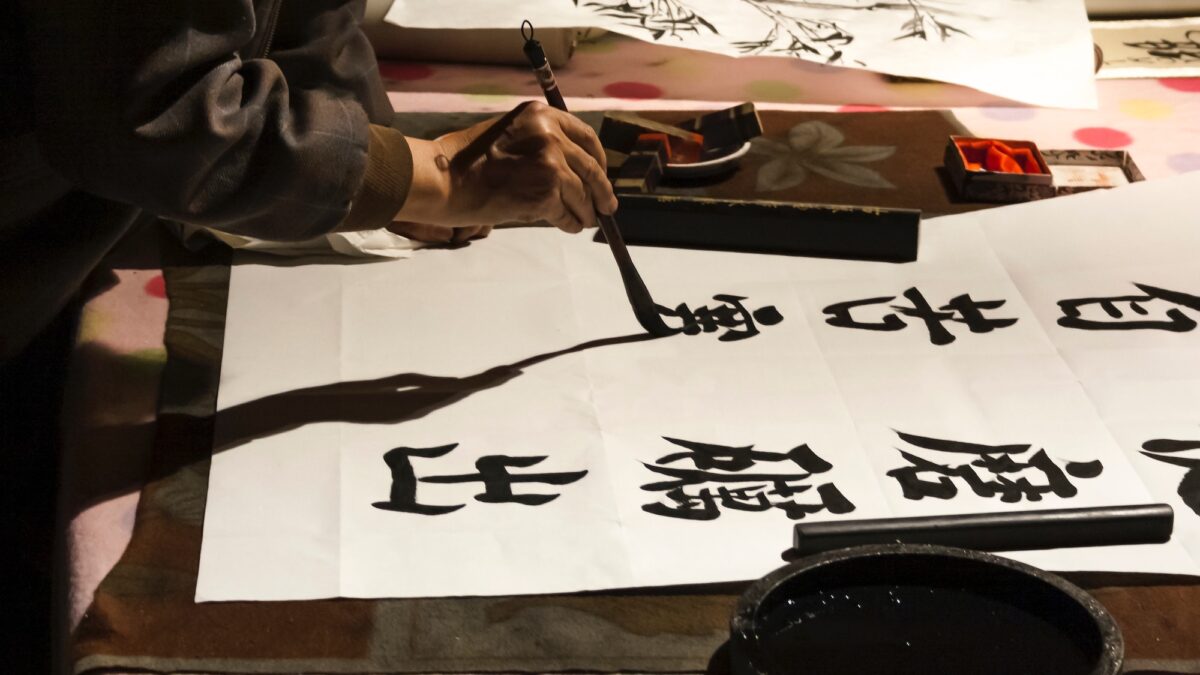Calligraphy
{A Written Practice}
Calligraphy
In appreciation of the anachronistic Arts of Life
In this age of the ever-present machine, deeply analog practices are a way of holding on to what is essentially human. Beyond this, and in their practice, they make use of and refine the unique attributes of being embodied.
Calligraphy is an art form that has expression in so many cultures. It resides potently at the intersection of visuality and literacy. It has developed in unique and culturally relevant forms in Asian, Middle Eastern, and European cultures, with particular and localized refinements in each.
These refinements have determined both stylistically how lettering and figuration are represented, as well as the tools whereby they are made. The brushpens of Japanese and Chinese calligraphy have almost nothing in common with fine-nibbed European calligraphy pens, except that they both use ink to convey lettering onto paper.
Calligraphy, as a practice, refines the micro-movements of the hands and fingers, as we rotate our pen or brush to vary the width of lettering. It teaches us a level of extra-fine motor control, and concentration.
It conveys the meaning of words, but it conveys them through image, through style, so that they are imbued with feeling. The deeper the artistry of the calligrapher, the more the style can redound upon, increase, or play against the meaning of words. In this manner, calligraphy magnifies what in Japanese is known as the kotodama, or spiritual interior, of the word.
Like spoken language, it conveys meaning not merely through syntax, but through intonation, inflection, gesture. It deepens and complexifies.
And so for whom might calligraphy be an appropriate or enjoyable practice? This work of the hands, like all handcraft, is balancing to the nervous system, calms our nervousness, settles the mind. As an artform, calligraphy is technically rigorous, so those who enjoy precision might find it an elegant challenge. And its result is both tactile and visual. It resides, perhaps, somewhere between watercolors and journaling, with rigor.
Related Practices:
See Paint. See Sculpt. See Carry a sketchbook. See Glassblowing. See Nature Faces. See Use Your Hands.Photography: | Licensed from Pexels.com, used with permission.


